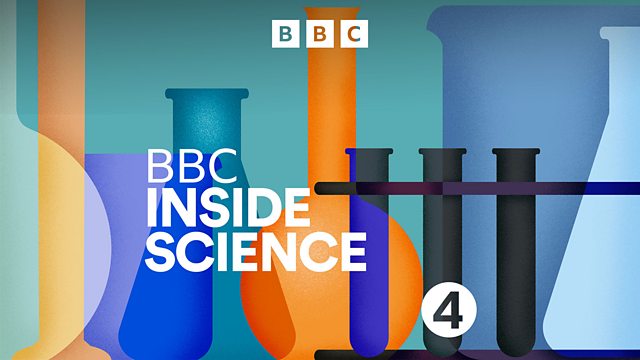DNA to ID typhoon victims; Volcanic ash; Hope for red squirrels; Robogut
Exploring the research that is transforming our world. Dr Adam Rutherford hears about plans to use DNA to help families identify those who have perished in Typhoon Haiyan.
Global experts in DNA identification are flying to the Philippines to assess whether they can help families to determine, beyond doubt, which of the hundreds of victims of Typhoon Haiyan are their relatives. The International Commission on Missing Persons in Sarajevo used DNA matching to identify the thousands killed in the former Yugoslavia and has since helped in conflict zones around the world. Now, working with Interpol, scientists from the ICMP are called on to assist in victim identification after natural disasters as well, and head of forensic services, Dr Thomas Parsons, tells Adam Rutherford that a team will be sent to the Philippines on Monday.
The enormous ash cloud following the 2010 eruption of the Icelandic volcano, Eyjafjallajokell, grounded aircraft across Europe for more than a week and caused unprecedented disruption. Dr Fred Prata has invented a weather radar for ash, and off the Bay of Biscay, his AVOID infra red camera system, the Airborne Volcanic Object Imaging Detector, has just been tested after a ton of Icelandic volcanic ash was dropped by aeroplane into the sky. From France, Dr Prata describes the experiment and Dr Sue Loughlin, Head of Volcanology at the British Geological Survey in Edinburgh, tells Adam how Iceland has become the scientific "supersite" for seismic research.
Show Us Your Instrument: Dr Glenn Gibson at the University of Reading with his Robo gut, a full-working model of the human large intestine.
Liverpool University's Dr Julian Chantrey, and his PhD student have spent the past 4 years monitoring red squirrels in the Sefton area. Out of the 93 they trapped and blood tested, 5 had antibodies for the normally-deadly squirrel pox, suggesting they had contracted the pox and survived. It's early days but this could mean that reds are developing a level of resistance to the squirrel pox, like rabbits have to myxomatosis. We could be seeing evolution by natural selection in action.
Producer: Fiona Hill.
Last on
Clip
Broadcasts
- Thu 14 Nov 2013 16:30大象传媒 Radio 4
- Thu 14 Nov 2013 21:00大象传媒 Radio 4
Explore further with The Open University
Discover more fascinating science content with The Open University
Podcast
-
![]()
大象传媒 Inside Science
A weekly programme looking at the science that's changing our world.



